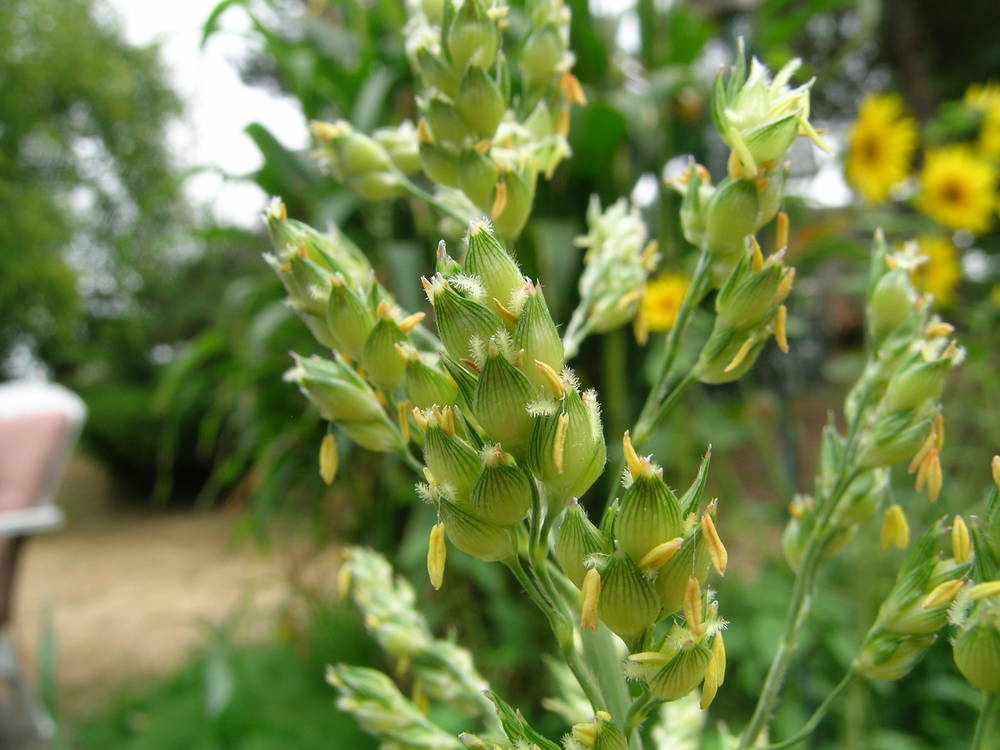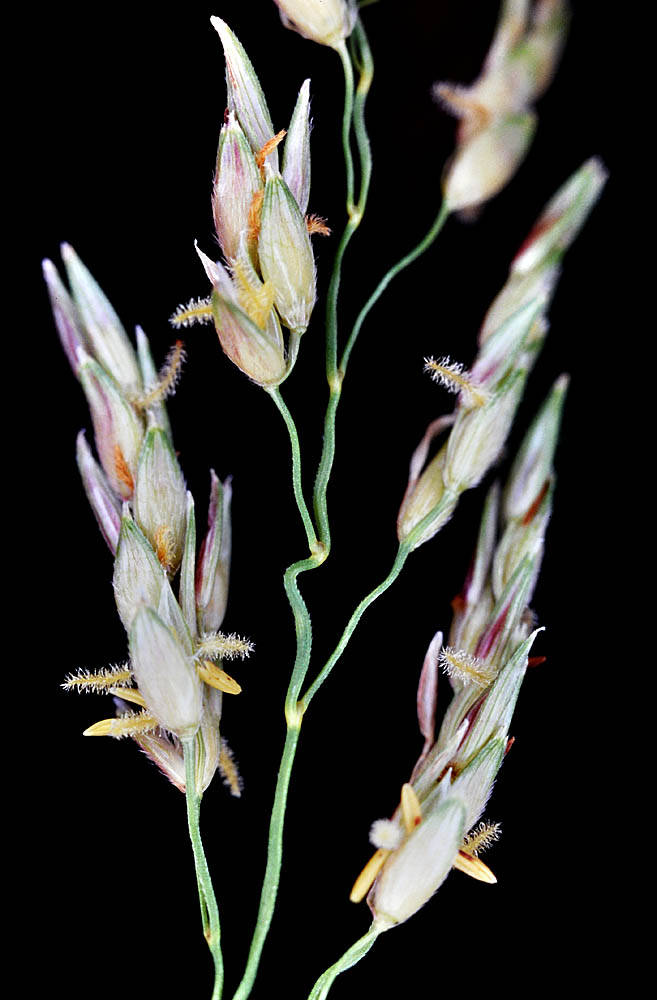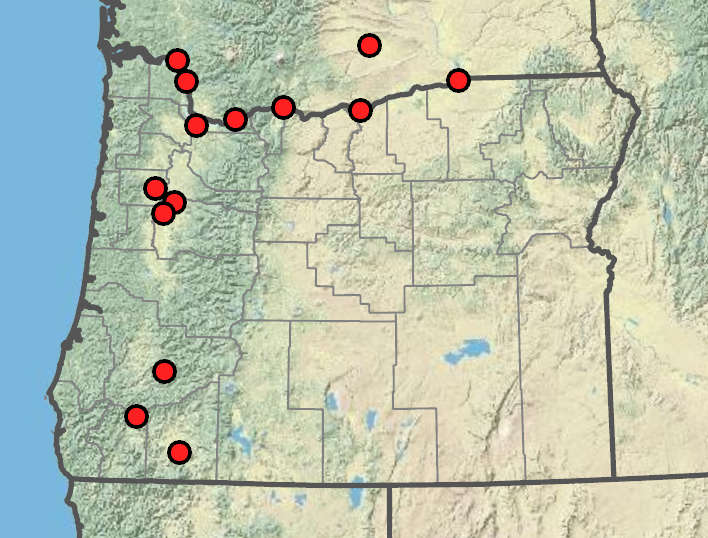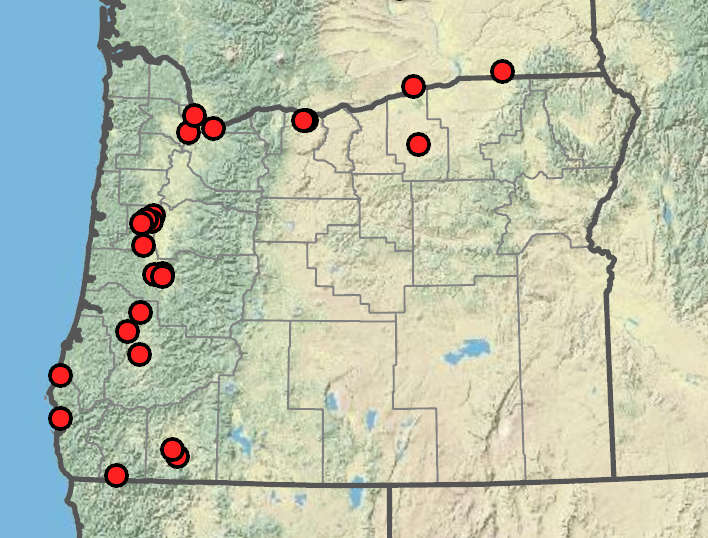Sorghum bicolor
Sorghum halepense
milo, shattercane, sorghum
Johnson grass
1–5 cm thick.
0.4–2 cm thick.
blades flat, 5–100 mm wide, glabrous or slightly scabrous.
blades flat, 8–40 mm wide, glabrous to slightly scabrous.
open or dense, 5–60 × 3–30 cm, brown;
disarticulation tardy or not occurring.
open, 10–50 × 5–25 cm; dark reddish brown at maturity;
disarticulation below the sessile spikelets, or below the pedicellate spikelets.
hard or leathery to membranous, glabrous to densely hairy;
keels winged.
hard; shiny, appressed pubescent.
exposed at maturity or not.
not exposed at maturity.
3–9 mm; bisexual, dorsiventrally compressed.
3.8–6.5 × 1.5–2.3 mm; bisexual.
3–6 mm, staminate or sterile.
3.6–5.6 mm, staminate.
awnless or awned;
lemma awns; if present, 5–30 mm; bent and twisted.
awnless or awned;
lemma awns; if present; bent, twisted; to 13 mm.
2–2.8 mm.
1.9– 2.7 mm.
=20, 40.
=20, 40.
Sorghum bicolor
Sorghum halepense
Disturbed areas, cultivated felds. 50–600m. Casc, Col, Sisk, WV. CA, ID, NV, WA; eastern Canada, throughout US; tropical and temperate regions worldwide. Exotic.
Sterile Sorghum bicolor plants may resemble corn.
Disturbed, often moist, grassy areas, roadsides. 50–600m. Col, CR, Est, Sisk, WV. CA, ID, NV, WA; south to Mexico; tropical and temperate regions worldwide. Exotic.
Sorghum halepense is a weedy, perennial grass that spreads from deeply buried rhizomes. At maturity, it can be recognized by the large, reddish brown inflorescences. Sorghum bicolor is usually annual, more robust, with a denser inflorescence.
Barbara Wilson, Richard Brainerd, Nick Otting
Barbara Wilson, Richard Brainerd, Nick Otting
- Local floras:
BC,
CA,
OR,
WA
- Local Web sites:
CalFlora,
CalPhotos,
Flora NW,
PNW Herbaria
WildflowerSearch
iNaturalist (observations)
USDA Plants Database
- LBJ Wildflower Center
- SEINet
- Plants of the World Online
- Encyclopedia of Life
- Wikipedia
- Google Image Search
- Local floras:
BC,
CA,
OR,
WA
- Local Web sites:
CalFlora,
CalPhotos,
Flora NW,
PNW Herbaria
WildflowerSearch
iNaturalist (observations)
USDA Plants Database
- LBJ Wildflower Center
- SEINet
- Plants of the World Online
- Encyclopedia of Life
- Wikipedia
- Google Image Search





